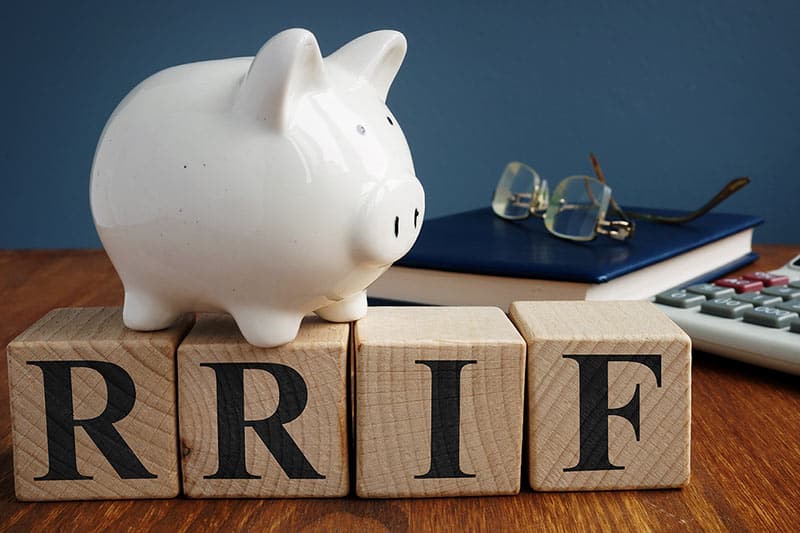If you are nearing retirement, you may be starting to think about creating retirement income for yourself from your RRSPs. Registered Retirement Savings Plans (RRSPs) are considered accumulation vehicles. This means they are used to save for your retirement in a tax efficient way. When the time comes to start using your hard-earned savings to fund your retirement, you may want to consider moving them to a payout vehicle called a Registered Retirement Income Fund (RRIF).
Much like an RRSP, a RRIF is a tax deferred account that allows your investments to grow without immediate tax implications. The purpose of a RRIF is to distribute your savings to you in your retirement years while still allowing your money to grow tax deferred.
What You Need to Know
When to Convert Your RRSP to a RRIF
You can convert your RRSP to a RRIF at any time, but you must do so by the end of the year that you turn 71. This conversion must be done regardless of whether you need income. Once you convert your RRSP to a RRIF you must start taking scheduled income.
If you are under 71 and do not require a steady stream of income, it is often beneficial to keep the funds in an RRSP. This way you can still take money out, if necessary, but the account can continue to grow without being drawn down on a regular basis.
How to Convert Your RRSP to a RRIF
It is important to convert your RRSP directly a RRIF to avoid unnecessary taxation. The process is simple but should be done with the guidance of a financial advisor to ensure the conversion is done correctly and in a timely manner.
Step 1: Fill Out a RRIF Application
Converting a RRSP to RRIF will require that you open a new account. Your advisor will prepare the paperwork for you.
Step 2: Name Beneficiaries
Registered accounts allow investors to name a beneficiary. Beneficiary designations allow money to be passed quickly and directly to a spouse or qualified dependent in the event of your death. Spouses and qualified dependents are eligible to receive the proceeds tax free. You can leave the money to anyone you wish; but they will be taxed on the amount received.
Step 3: Determine a Withdrawal Schedule
There are several considerations when withdrawing from your RRIF:
- Payments from a RRIF must begin the year after your 71st
- All payments are considered taxable income in the year they are received.
- RRIFs are subject to minimum withdrawal requirements and a certain percentage must be withdrawn each year. The percentage that must be withdrawn increases as you age. There are no maximum withdrawal amounts.
- You can choose to receive payments monthly, quarterly, semi-annually, or annually.
- You can elect use your spouse’s age to calculate the minimum withdrawal. This can allow you to keep the funds in the account longer and retain their tax deferred status.
- Any withdrawals over the minimum amount are subject to withholding tax.
The Bottom Line
It is important to pay close attention to the timing of converting your RRSP to a RRIF. If the RRIF is not established by the end of the year in which you turn 71, the account will be deregistered and all the funds in the account will become taxable income to you in that year. Plan well in advance to ensure you keep the registered status of your investments!



